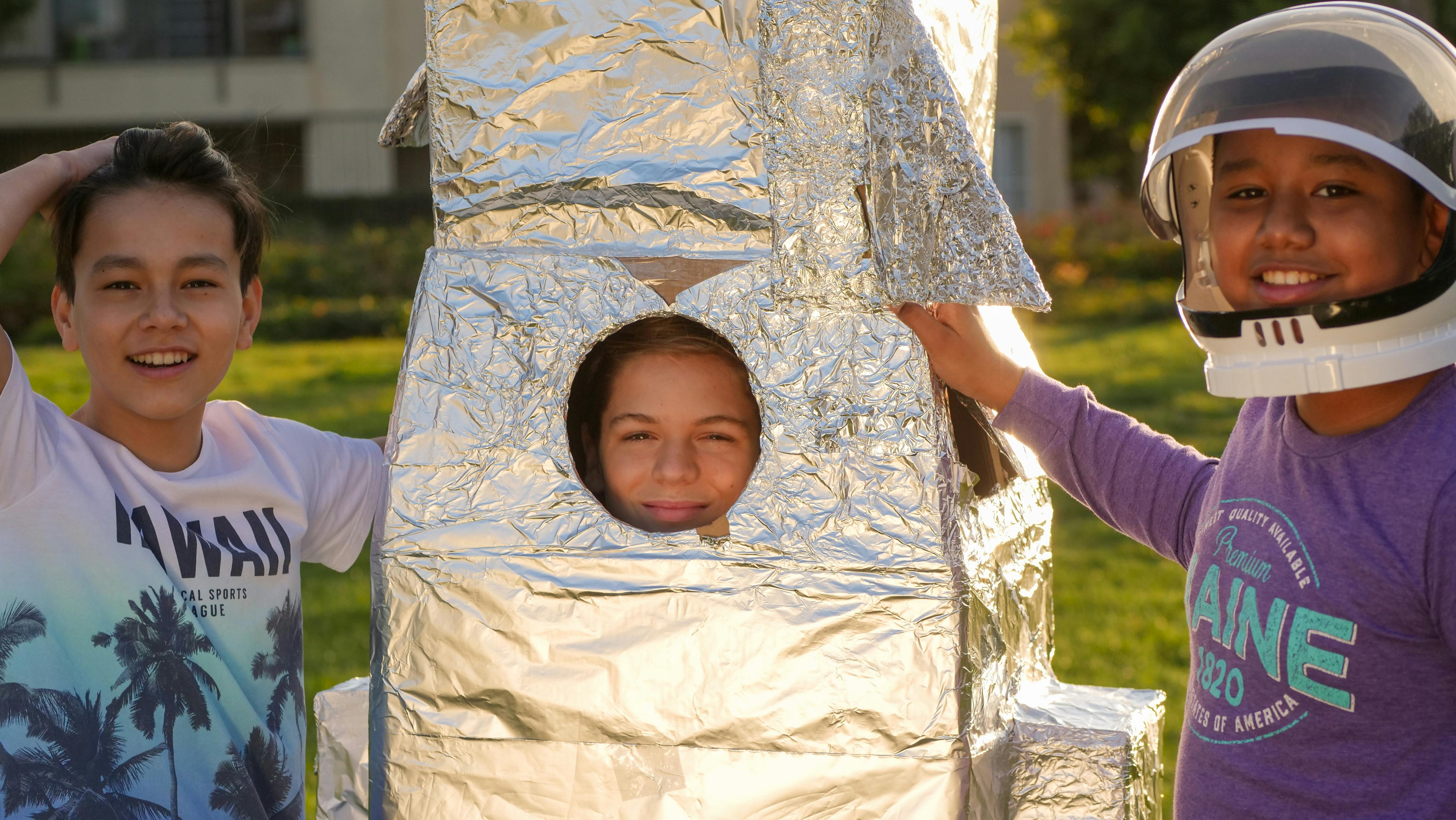Do you know what is in your drinking water?
Home Sweet Home. There is no place like home. Home is where the heart is.
There are plenty of old adages that show how you feel about your home. Your home is often thought of as a safe place, a refuge. It is even thought to be your castle.
Unfortunately, between indoor air pollution and the water you and your family drink and bathe in, your home can be downright harmful to your health.
Reports from numerous sources, including the Environmental Protection Agency (EPA), show that there are harmful chemicals in the water.
A report, “Drinking Water Contaminants,” on the EPA site, lists the maximum allowable levels of chemical contaminants. The list contains:
• Inorganic: such as arsenic, fluoride, lead, mercury and nickel.
• Radionuclides: such as uranium
• VOCS: as benzene, ethylbenzene, styrene, vinyl chloride and xylenes.
• SOCS: such as chlordane, ethylene dibromide, pentachlorophenol, and toxaphene.
• Disinfection by-products: such as bromate and chlorite.
In another CNN Health report, “Harmful Chemicals Found in Tap Water from 31 US Cities,” researchers discovered the dangerous carcinogen hexavalent chromium, also known as chromium-6, in more US cities. than expected. Millions may be exposed to the pollutant.
The study’s lead author, Rebecca Sutton, said she “didn’t expect it to be so widespread.”
Chromium-6 was the chemical around which the movie “Erin Brockovich” revolved.
The cities found with chromium-6 are from states across the country: New York, Connecticut, Florida, Oklahoma, Hawaii, Wisconsin, California, Nebraska, New Mexico, Utah and Georgia. To see the full list, visit: http://thechart.blogs.cnn.com/2010/12/20/carcinogen-found-in-31-of-35-cities-water-supply/
Research and evidence is frequent. According to The Environmental Working Group (EWG), in a five-year period from 2004 to 2009, US water providers found 316 contaminants in the water they provided to the public. Contaminants included: 97 agricultural contaminants; 204 industrial chemicals; 86 pollutants from runoff and wastewater treatment plants; and 42 contaminants from by-products of water treatment processes and from water pipes and storage tanks.
And then there are also all the pharmaceuticals that find their way into the drinking water. it’s frightening
So what is the solution to the dangerous water situation? Bottled water?
Sutton, who is also a senior scientist with the Environmental Working Group (EWG), doesn’t think bottled water is a good idea. There is no way of knowing what contaminants are in bottled water. She suggests “an effective water filter.”
For added protection, Dr. Bhaswati Bhattacharya, a family physician and Ayurveda practitioner, recommends that in addition to filtering tap water, it should also be boiled. The boiling process allows some chemicals that are not trapped in the filter to dissipate through the steam.
